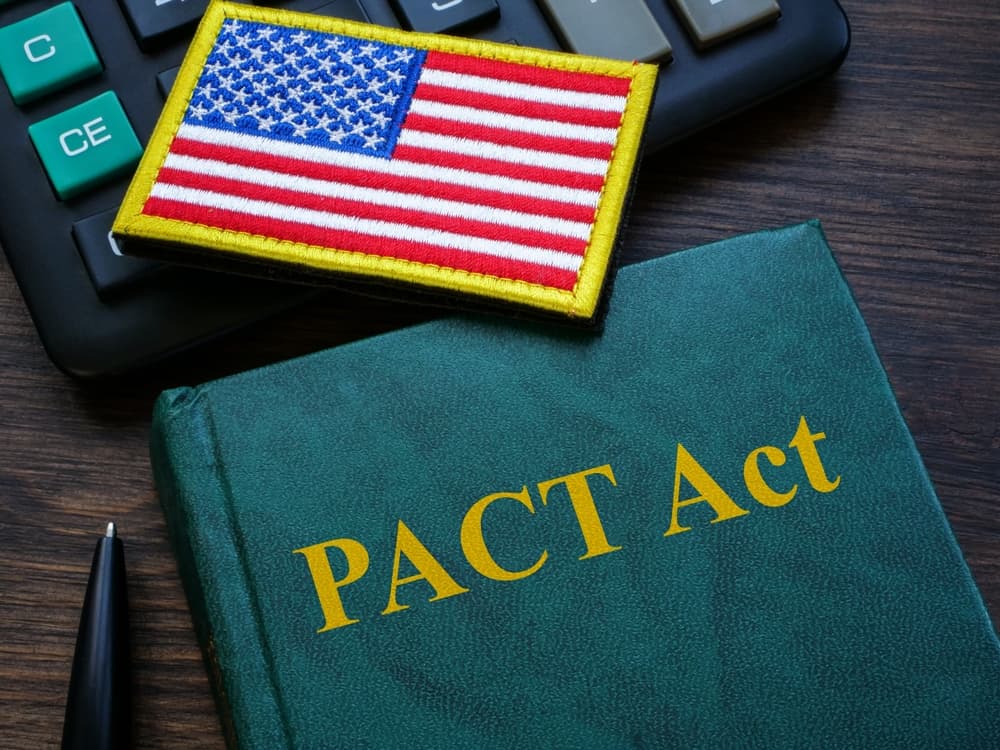Understanding Agent Orange and Its Legacy
Agent Orange was a defoliant used by the U.S. military to remove dense vegetation and expose enemy positions. It contained dioxin (TCDD), a highly toxic compound linked to cancer, diabetes, Parkinson’s disease, and numerous other long-term conditions.
Because of improper storage, leaks, and environmental exposure, many Veterans were affected outside of Vietnam, including those stationed at bases in the continental U.S.
Confirmed U.S. Military Bases That Stored Agent Orange
The following list represents locations verified by Department of Defense and VA documentation as storage or test sites for Agent Orange and other tactical herbicides.
| Base Name | Location | Dates of Storage / Testing | Herbicides Stored |
|---|---|---|---|
| Fort Chaffee | Arkansas | May–Aug 1967 | Agent Orange, Agent Blue |
| Eglin Air Force Base (C-52A Test Area) | Florida | 1962–1968 | Agent Orange, Purple, White, Blue |
| Apalachicola National Forest | Florida | May 1967 | Agent Orange, Agent Blue |
| Fort Gordon | Georgia | July 1967 | Agent Orange, Agent Blue |
| Kauai Branch Station | Hawaii | 1967–1968 | Agent Orange, PCP, other herbicides |
| Camp Detrick | Maryland | 1950–1951 | Agent Orange, testing compounds |
| Aberdeen Proving Ground | Maryland | July 1969 | Agent Orange, mixed herbicides |
| Gulfport Naval Construction Battalion Center | Mississippi | 1968–1977 | Agent Orange, Agent Blue, Agent White |
| Dugway Proving Ground | Utah | 1963–1964 | Agent Orange |
| Johnston Island (Johnston Atoll) | Pacific Ocean | 1972–1977 | Agent Orange, other chemicals |
🧭 Note: This list includes verified sites from VA and Department of Defense (DoD) documentation. The VA continues to investigate additional locations as new evidence becomes available.
Overseas and U.S. Territories Known for Agent Orange Storage
Agent Orange was also stored or tested at U.S. military installations abroad, including:
- Base Gagetown, New Brunswick, Canada (June 1967)
- Guam, Thailand, and the Philippines (various storage and testing operations)
- Korea and the Korean DMZ, Laos, and Cambodia during the Vietnam era
Even if your base isn’t listed here, exposure may still have occurred through contaminated soil, equipment, or materials transported from these sites.
Why Was Agent Orange Stored on U.S. Soil?
The U.S. military maintained domestic stockpiles of Agent Orange for testing, storage, and disposal. These activities continued well after the Vietnam War, despite early reports linking dioxin to severe health effects. Improper disposal and accidental releases led to widespread contamination at several bases, putting service members and civilians at risk.
VA Disability Benefits for Agent Orange Exposure
Veterans exposed to Agent Orange may qualify for presumptive service connection if diagnosed with one of the VA’s recognized conditions under 38 C.F.R. § 3.309(e), including:
- Chronic B-cell leukemia
- Hodgkin’s disease
- Parkinson’s disease
- Prostate cancer
- Ischemic heart disease
- Type 2 diabetes
- Multiple myeloma
- Respiratory cancers
If your condition is not on the presumptive list, you may still pursue a direct service connection by providing:
- Service records showing duty at or near a contaminated base
- A medical diagnosis of a condition linked to dioxin exposure
- A medical nexus opinion stating your condition is “at least as likely as not” related to Agent Orange
What If Your Base Isn’t on the List?
The VA’s list of verified exposure locations evolves as new data emerges. If you served on a base not yet confirmed, you can still build a case using:
- Service orders, performance records, or photos showing presence on base
- Buddy statements confirming your duties or location
- Environmental or DoD documentation linking your base to chemical storage or testing
Taking the Next Step
If you suspect Agent Orange exposure and have developed a related condition, contact a Veterans law attorney to review your case. At Berry Law, we’ve helped thousands of Veterans nationwide fight for the benefits they earned.
Our team of Veterans serving Veterans understands the evidence the VA looks for and how to connect your exposure to your service record.
Call 888-883-2483 or visit our website to schedule a free consultation.
Frequently Asked Questions About Agent Orange Exposure
What if my base isn’t on the VA’s official Agent Orange list?
You can still file a claim. The official list is not exhaustive—new locations are confirmed periodically. Supporting evidence from service records and witness statements can still establish exposure.
How can I prove I was exposed to Agent Orange?
Provide service records showing duty at or near a contaminated base, medical documentation of an Agent Orange-related condition, and a nexus letter linking your illness to service.
What is the difference between direct and presumptive service connection?
A presumptive connection means the VA automatically links certain diseases to exposure if you served in qualifying areas. A direct connection requires you to prove the link with evidence and medical documentation.
Can I qualify for benefits if my illness isn’t on the presumptive list?
Yes — it may still be possible to qualify for VA disability benefits through a direct service connection. This requires showing that your condition is linked to military service by providing evidence of exposure, medical diagnosis, and expert opinion supporting causation.





